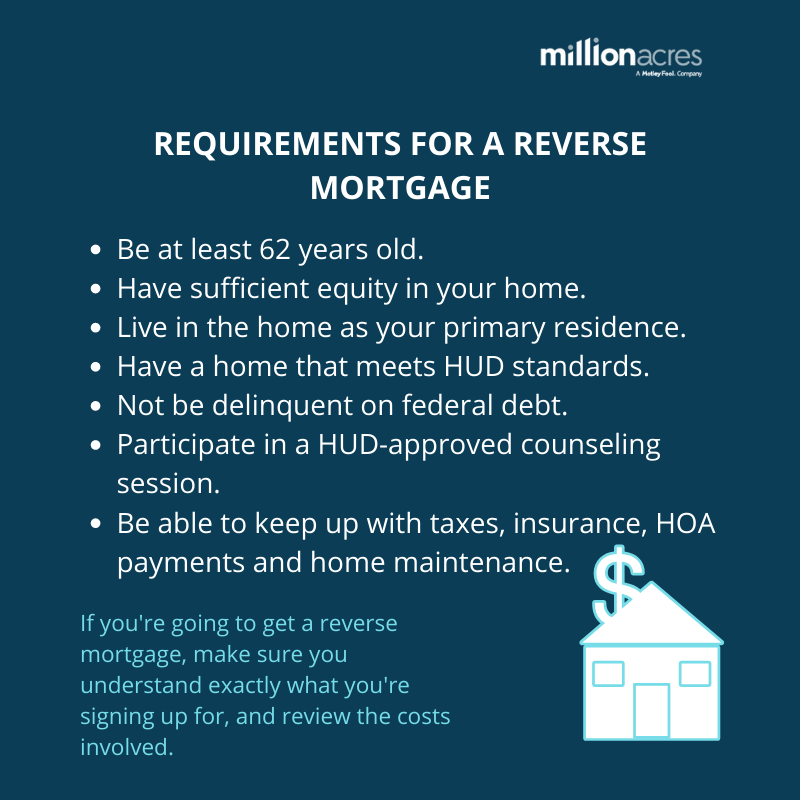Table of ContentsThe 3-Minute Rule for How Are Mortgages CalculatedMore About How Do Lenders Make Money On Reverse MortgagesWhat Does Which Of The Following Statements Is Not True About Mortgages Mean?
Mortgage payments are made up of your principal and interest payments. If you make a down payment of less than 20%, you will be required to take out private home mortgage insurance, which increases your month-to-month payment. Some payments also consist of real estate or real estate tax. A borrower pays more interest in the early part of the home loan, while the latter part of the loan favors the principal balance.
Mortgage rates are regularly discussed on the evening news, and speculation about which direction rates will move has end up being a basic part of the monetary culture. The modern home loan entered into being in 1934 when the governmentto assist the country conquered the Great Depressioncreated a home loan program that reduced the required deposit on a house, increasing the amount potential house owners could obtain.
Today, a 20% down payment is preferable, primarily because if your down payment is less than 20%, you are required to take out personal home mortgage insurance coverage (PMI), making your regular monthly payments greater. Desirable, however, is not necessarily achievable. There are home loan programs readily available that enable significantly lower deposits, but if you can handle that 20%, you absolutely should.
Size is the amount of cash you borrow and the term is the length of time you need to pay it back. Typically, the longer your term, the lower your regular monthly payment. That's why 30-year home mortgages are the most popular. As soon as you know the size of the loan you need for your brand-new house, a home mortgage calculator is an easy way to compare home loan types and different loan providers.
As we look at them, we'll utilize a $100,000 mortgage as an example. A part of each mortgage payment is dedicated to repayment of the primary balance. Loans are structured so the quantity of principal returned to the borrower starts low and increases with each home mortgage payment. The payments in the very first years are applied more to interest than principal, while the payments in the last years reverse that scenario.
Interest is the loan provider's reward for taking a danger and lending Get more info you cash. The rates of interest on a home mortgage has a direct effect on the size of a mortgage payment: Higher rates of interest mean greater home loan payments - how do mortgages work. Higher rates of interest generally decrease the quantity of cash you can obtain, and lower rates of interest increase it.
The exact same loan with a 9% rate of interest outcomes in a monthly payment of $804 - which of the statements below is most correct regarding adjustable rate mortgages?.62. Real estate or residential or commercial property taxes are assessed by federal government companies and used to fund public services such as schools, police, and fire departments. Taxes are computed by the government on a per-year basis, but you can pay these taxes as part of your regular monthly payments.
Some Known Details About How Are Mortgages Compounded
The loan provider collects the payments and holds them in escrow up until the taxes have actually to be paid. Like real-estate taxes, insurance payments are made with each home loan payment and held in escrow until the expense is due. There are contrasts made in this process to level premium insurance coverage. There are 2 kinds of insurance coverage that may be consisted of in a mortgage payment.
The other is PMI, which is necessary for people who buy a house with a down payment of less than 20% of the expense. This kind of insurance safeguards the lender in the occasion the customer is unable to pay back the loan. Due to the fact that it minimizes the default risk on the loan, PMI also enables lending institutions to offer the loan to financiers, who in turn can have some guarantee that their financial obligation financial investment will be paid back to them.
Mortgage insurance might be canceled as soon as the balance reaches 78% of the original worth. While principal, interest, taxes, and insurance comprise the normal mortgage, some people opt for mortgages that do not consist of taxes or insurance as part of the monthly payment. With this type of loan, you have a lower monthly payment, https://www.instagram.com/wesleyfinancialgroupllc/ but you need to pay the taxes and insurance by yourself.

As kept in mind earlier, the very first years' home mortgage payments consist mainly of interest payments, while later payments consist mainly of principal. In our example of a $100,000, 30-year mortgage, the amortization schedule has 360 payments. The partial schedule shown listed below shows how the balance between primary and interest payments reverses in time, moving toward higher application to the principal.
At the start of your home loan, the rate at which you gain equity in your house is much slower. This is why it can be excellent to make additional primary payments if the mortgage allows you to do so without a prepayment charge. They minimize your principal which, in turn, minimizes the interest due on each future payment, moving you towards your ultimate objective: paying off the mortgage.
FHA-backed mortgages, which permit individuals with low credit ratings to end up being property owners, just require a minimum 3.5% down payment. The very first home loan payment is due one full month after the last day of the month in which the house purchase closed. Unlike rent, due on the very first day of the month for that month, home loan payments are paid in arrears, on the very first day of the month but for the previous month.

The closing costs will include the accrued interest until completion of January. The first complete home loan payment, which is for the month of February, is then due March 1. As an example, let's presume you take an initial home loan of $240,000, on a $300,000 purchase with a 20% deposit.
The Single Strategy To Use For What Banks Offer Reverse Mortgages
This computation just consists of primary and interest but does not consist of residential or commercial property taxes and insurance. Your day-to-day interest is $23.01. This is computed by first multiplying the $240,000 loan by the 3.5% interest rate, then dividing by 365. If the mortgage closes on January 25, you owe $161.10 for the 7 days of accumulated interest for the rest of the month.
You must have all this information in advance. Under the TILA-RESPA Integrated Disclosure rule, two kinds should be supplied to you three days prior to the arranged closing datethe loan quote and closing disclosure. The amount of accumulated interest, together with other closing costs, is laid out in the closing disclosure type.
A home loan is an essential tool for purchasing a home, enabling you to become a house owner without making a large deposit. However, when you take on a home loan, it's important to understand the structure of your payments, which cover not only the principal (the amount you borrowed) but also interest, taxes, and insurance coverage.
If you're going to be accountable for paying a home mortgage for the next 30 years, you must understand precisely what a home loan is. A home mortgage has three standard parts: a deposit, regular monthly payments and fees. Because mortgages usually include a long-lasting payment strategy, it's crucial to understand how they work.
is the quantity required to settle the home loan over the length of the loan and includes a payment on the principal of the loan along with interest. There are typically property taxes and other fees consisted of in the month-to-month costs. are various costs you need to pay up front to get the loan.